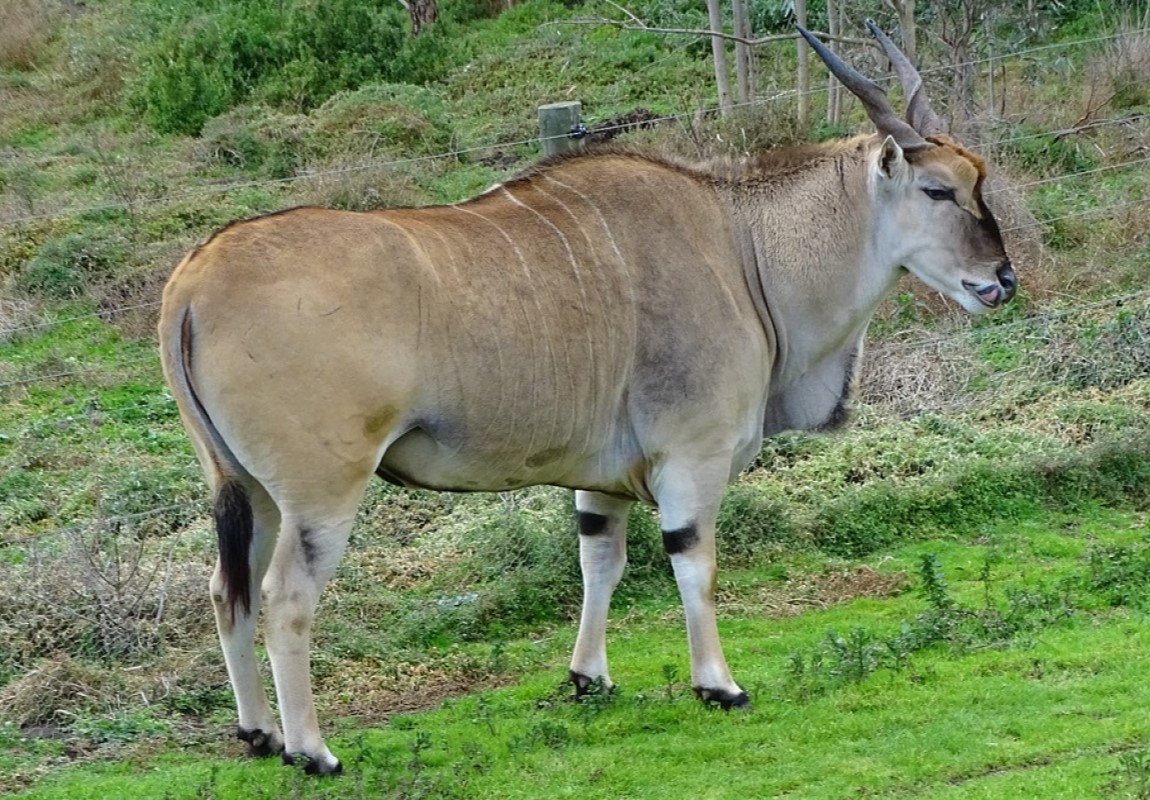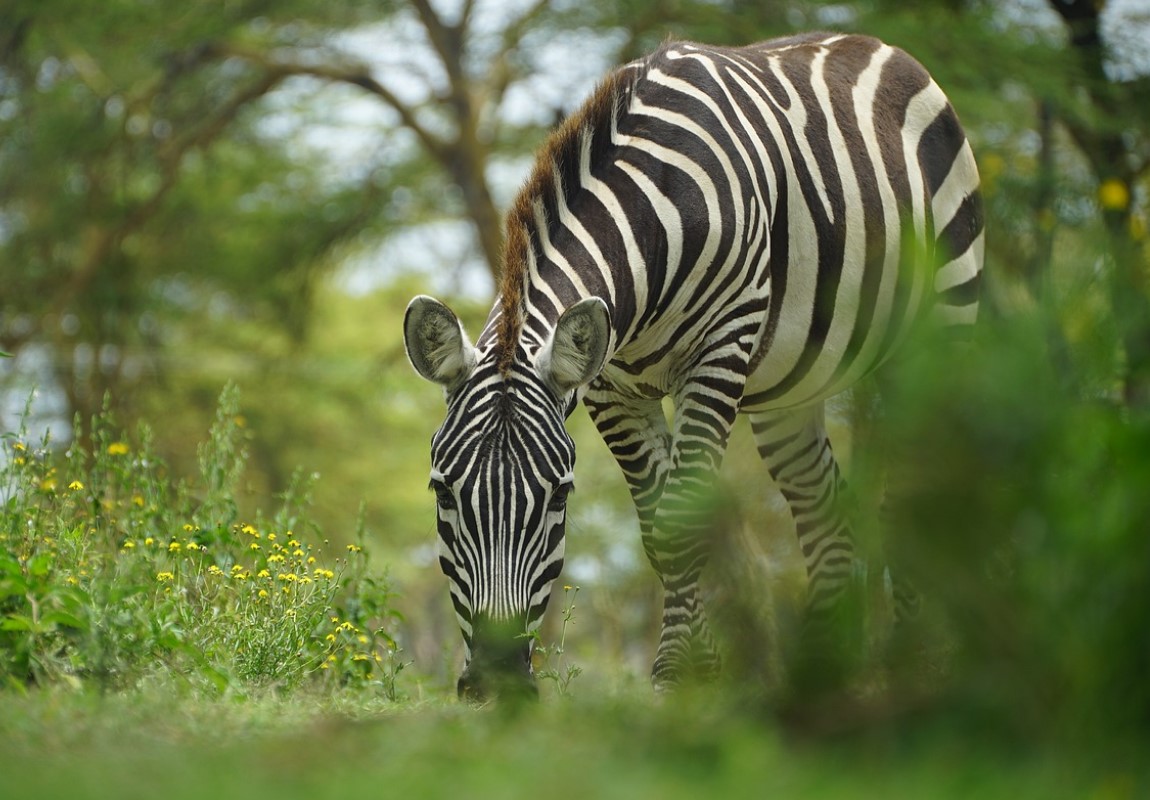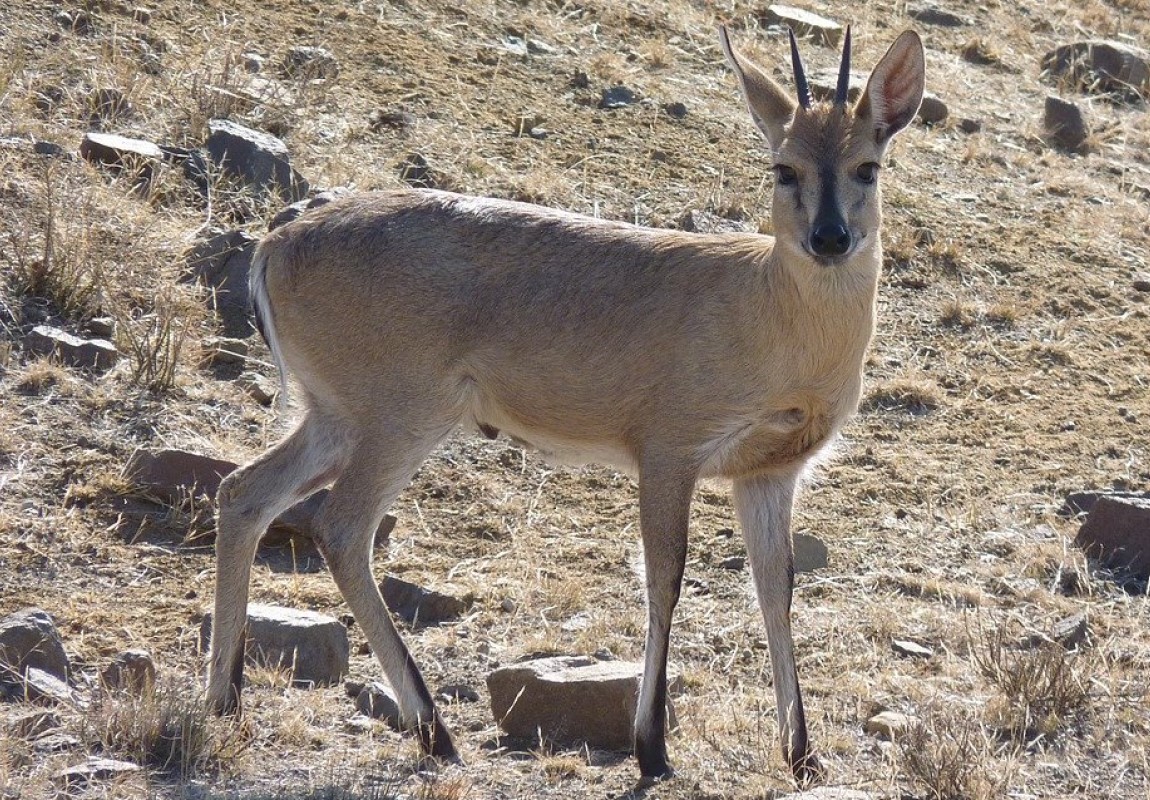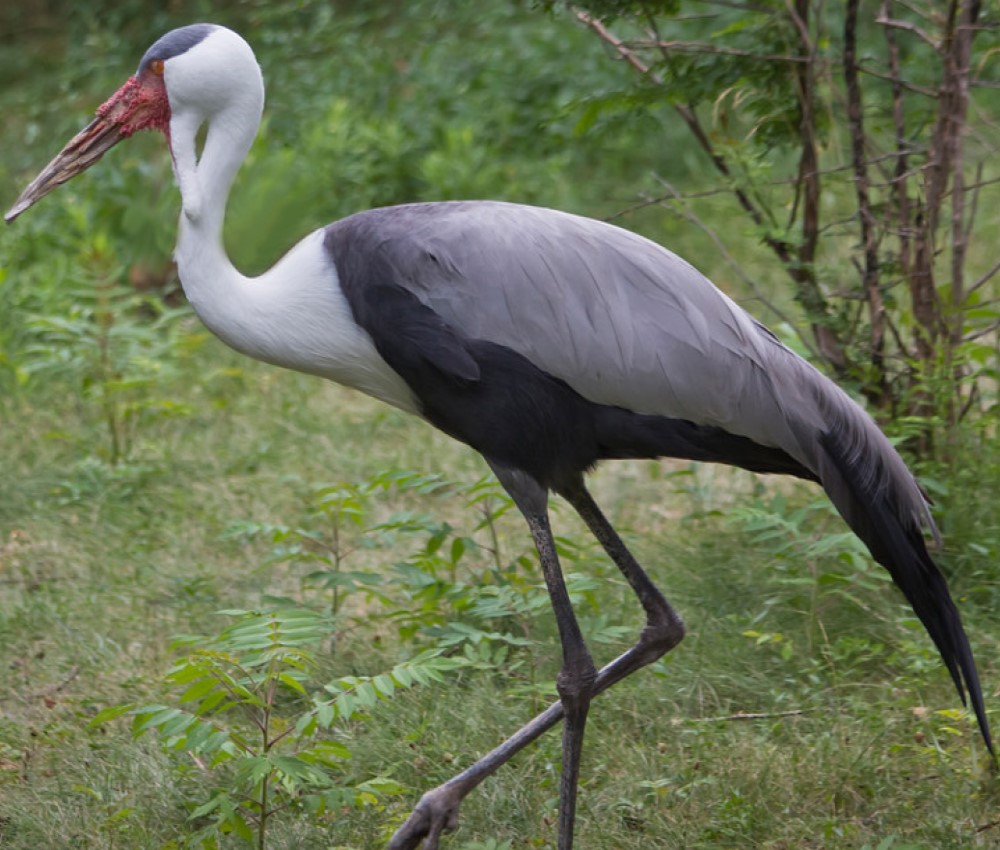Kitulo National Park 
Starting from
$500PP
Overview
In the southern highlands of Tanzania, Kitulo National Park is a distinctive and beautiful protected area that provides visitors with an enthralling natural experience. An overview of Kitulo National Park is provided below:
Biodiversity: Kitulo National Park is well-known for its impressive biodiversity, especially its wide range of beautiful flowers. The park is frequently referred to as the "Serengeti of Flowers" because of the profusion of wildflowers that cover its meadows and grasslands. The park is home to more than 350 species of vascular plants, such as different orchids, lilies, and other eye-catching flowering plants.
.
Pros & Cons
- Excellent wildlife viewing opportunities
- Beautiful and diverse scenery
- Professional guided safaris
- Unique ecosystem and biodiversity
- Can be crowded during peak season
- Weather dependent activities
Map in Tanzania
Want to Visit Kitulo National Park?
Want to Visit Kitulo National Park?
Wildlife & Animals
Wildlife: Although Kitulo National Park is primarily known for its floral beauty, several wildlife species call it home. Among the larger mammals that can be seen in the park are elands, zebras, reedbucks, and duikers. The park is also home to a variety of bird species, making it a haven for birdwatchers.
Wildlife Highlights
Best Time for Wildlife Viewing
Want to Visit Kitulo National Park?
Birds
Kitulo National Park, also known as the "Garden of God," is not only renowned for its floral diversity but also hosts a diverse range of bird species. Here are some bird species that can be found in Kitulo National Park:
Wattled Crane: This striking bird is one of the most sought-after species in Kitulo National Park. With its tall stature, gray plumage, and distinctive wattles on its face, it is a remarkable sight. The park is an important breeding ground for the critically endangered wattled crane.
Denham's Bustard: The grasslands of Kitulo National Park are home to this sizable ground-dwelling bird. The female is more camouflaged, while the male has a striking black-and-white pattern on his feathers. They are renowned for their intricate courtship rituals, which include bloating their neck sacs and emitting loud calls.
Blue Swallow: The endangered blue swallow relies on Kitulo National Park as a critical habitat. These tiny, migratory birds are well-known for their aerial tricks and have deep blue plumage. They depend on unaltered grassland habitats for breeding and consuming insects while flying.
Kipengere Seedeater : The Kipengere seedeater is an endangered bird species that is endemic to the southern highlands of Tanzania, including Kitulo National Park. It has a distinctively patterned plumage, with a mix of black, white, and chestnut colors.
Rufous-winged Sunbird : This small and colorful bird is a common sight in the montane forests and heathlands of Kitulo National Park. The male has a brilliant iridescent plumage, with a combination of rufous, green, and black colors.
Augur Buzzard : The Augur buzzard is a large bird of prey that can be spotted soaring over the grasslands and forests of Kitulo National Park. It has dark plumage, a sturdy build, and a wingspan of over a meter.
Best Time for Birding
Want to Visit Kitulo National Park?
Best Time to Visit – Kitulo National Park
May to October (Dry Season)
- Less vegetation and animals concentrate around water, making them easier to spot
- The skies are clear, rain is rare, and there are fewer mosquitoes
- Even though most tourists visit during the Dry season, the parks still feel uncrowded, except for the bustling Chobe riverfront area
- Early morning and evening drives are cold in June, July and August
November to April (Wet Season)
- The scenery is greener, and there are lower rates during this season
- Although wildlife is easier to spot in the Dry season, you'll still see plenty
- There are many newborn animals and migratory birds
- Except for January and February, rains seldom interfere with your trip
- During January and February, the rains can be continuous for days
- It gets very hot in October and November
- Some lodges and camps close down during part of the Wet season
Want to Visit Kitulo National Park?
Activities
Explore popular activities available in and around Kitulo National Park.
Want to Visit Kitulo National Park?
No FAQs available for this park yet.

 English
English French
French











